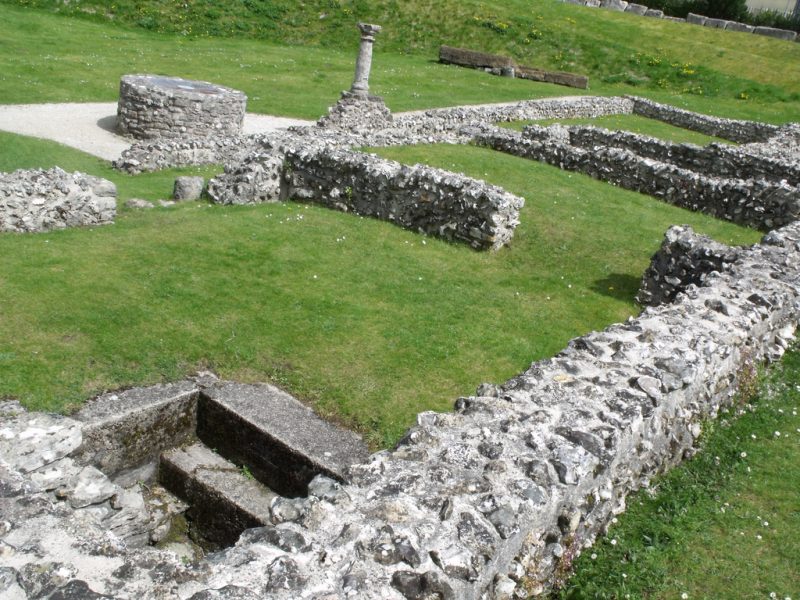Recently, experts have uncovered skeleton that has been perfectly preserved.
Oddly enough, he was dropped into a grave that was made way too small for him to fit into. The man’s leg had to be bent backwards when he was buried so that he could be given a proper burial. Archaeologists have found the perfectly preserved skeleton of a Roman man squeezed inside a stone coffin after miscalculating undertakers created it too tiny for him. The grave of the dead man was discovered in a quarry in Dorset, England.
Archaeologists discover perfectly preserved skeleton of a Roman man https://t.co/hI4gTfgCGP pic.twitter.com/VOkkOCjOpF
— Dig Discover Enjoy (@DigDiscoverEnj) September 26, 2016
He had to be bent backward so that his corpse was able to fit inside the sarcophagus which was created one inch too short for his 5-foot 10-inch body. This would have been a rather costly error by the coffin creator if he had been forced to make a better-sized replacement as sarcophagi were extremely expensive at that time and were only made for wealthy people.

Specialists believe that the male was around 25 years old around the time of his passing and could have been in good health. He was buried inside a small cemetery that dated back nearly 2000 years.He is currently the only skeleton that has endured, probably because he was so well preserved in the stone coffin. Evidence of 11 other burials from the same time was also found, but there was little left of the remains. The skeleton was found by archaeologists working at the location of the quarry close to Dorchester, the county town of Dorset.
Roman skeleton with ‘bent feet’ found at Dorset quarry https://t.co/EqakaPIDuy #RomanBritain #Dorset #Dorchester #Archaeology pic.twitter.com/OY4odjOkr5
— Roman Britain News (@Roman_Britain) September 24, 2016
During the Roman period, burial was often inside a sarcophagus in Italy itself, yet was quite unusual in Britannia, where even wooden coffins appeared to have been rare. Stone sarcophagi were definitively symbols of status and were only for the wealthy. Their distribution across the country was scattered. Yet the man’s feet had been folded beneath his legs for the reason that the sarcophagus was too short for his body to be able to fit. Someone made a small error when the measurements were being made.
The location of the burial site was a sprawling farmstead where around 30 to 50 people had once lived at the same time. It had been used as far back as the Bronze Age, around 4,000 years ago.
However, the skeleton dates back to the Roman period, Mail Online reported. Once specialists examine the skeleton, it will then be donated, along with all the finds that are from the site to the town museum in Dorchester.
